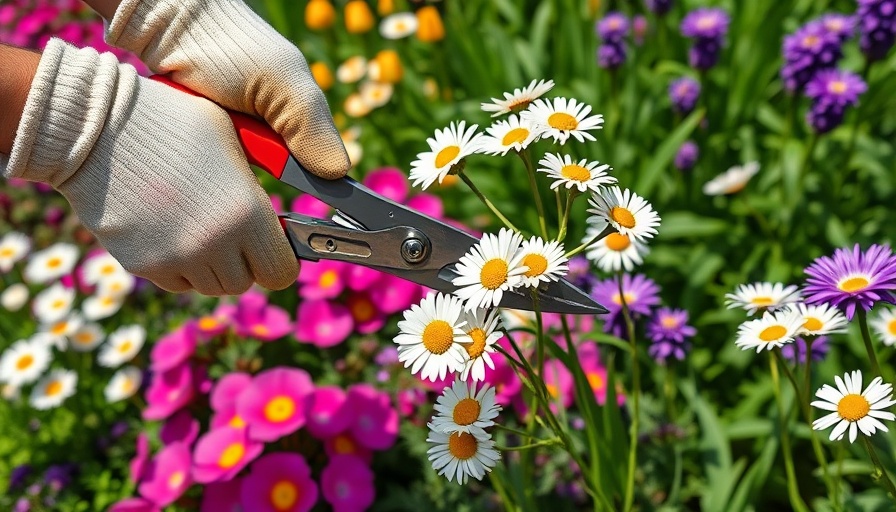
Understanding the Art of Deadheading Daisies
Daisies, members of the diverse and vibrant Asteraceae family, captivate gardeners with their colorful blooms and ease of growth. However, to keep these beautiful flowers flourishing, understanding the practice of deadheading is essential. Deadheading involves removing faded blooms, promoting new growth and sustaining the plant's vitality.
Why Deadheading Matters
As flowers wither after blooming, they enter a reproductive phase where they aim to produce seeds. By deadheading, gardeners can strategically interrupt this cycle which, in turn:
- Stimulates fresh growth by redirecting the plant's energy into producing more flowers.
- Enhances visual appeal, ensuring your garden looks vibrant and lively.
- Reduces potential breeding grounds for pests and minimizes the risk of diseases.
- Prevents unwanted self-sowing and helps maintain a tidy garden.
Indeed, the practice can lead to more prolific blooming overall and a more youthful appearance of your daisies, which helps keep any garden looking fresh and inviting.
Types of Daisies You Can Grow
While many envision the classic white and yellow daisy, such as the common daisy (Bellis perennis), it's important to explore the wide variety of daisy types available to gardeners. Some notable varieties include:
- Shasta Daisy: Known for its robust nature and bright white blooms, it adds elegance to any garden.
- Oxeye Daisy: This wildflower brings a beautiful touch of nature to gardens with its cheerful yellow centers.
- Marguerite Daisy: A popular choice for cut flowers due to its vibrant colors and long-lasting blooms.
- Swan River Daisy: Featuring a delightful violet-blue hue, it provides a unique twist in any floral arrangement.
Techniques for Effective Deadheading
Now that you know why deadheading is beneficial, let’s dive into the how-to aspect. Here are practical steps to effectively deadhead your daisies:
- Timing is Key: Begin deadheading when blooms start to fade. This is often indicated by a drooping appearance or discoloration.
- Tools You Need: Utilize clean, sharp scissors or pruning shears to make precise cuts and avoid damaging nearby healthy blooms.
- Where to Cut: Follow the stem down to just above a set of leaves or new buds. This encourages further growth and blooming.
By integrating these steps into your gardening routine, you will contribute to your daisies’ health and encourage them to produce more flowers throughout the season.
Embracing the Gardening Journey
The effort of maintaining a garden is akin to nurturing a friendship. It requires patience, attention, and a willingness to learn and grow. As you practice techniques like deadheading, you’ll find that each season brings new lessons and rewards, not just for the plants but also for your own growth as a gardener.
Join the Gardening Community
Gardening is not performed in solitude; it connects us to our communities and encourages the sharing of knowledge. For those passionate about cultivating their own food, tips on pest-resistant plants and organic gardening practices can greatly enhance your yield and sustainability. Consider engaging with local gardening clubs or online communities where you can share experiences, exchange tips, and learn new strategies for success.
Conclusion: Take the Next Step in Your Gardening Journey
Armed with knowledge about deadheading daisies and an understanding of its benefits, you are now equipped to keep your garden thriving and vibrant. Take this opportunity to explore different types of daisies you can grow and embrace the simplicity and joy gardening brings. Whether it’s enhancing your garden aesthetics or contributing to your self-sufficient lifestyle, each effort counts.
Start your garden journey today by deadheading your daisies and enjoy the beauty they will bring to your home! If you have any tips or questions, feel free to share them in the comments below!
 Add Row
Add Row  Add
Add 




Write A Comment